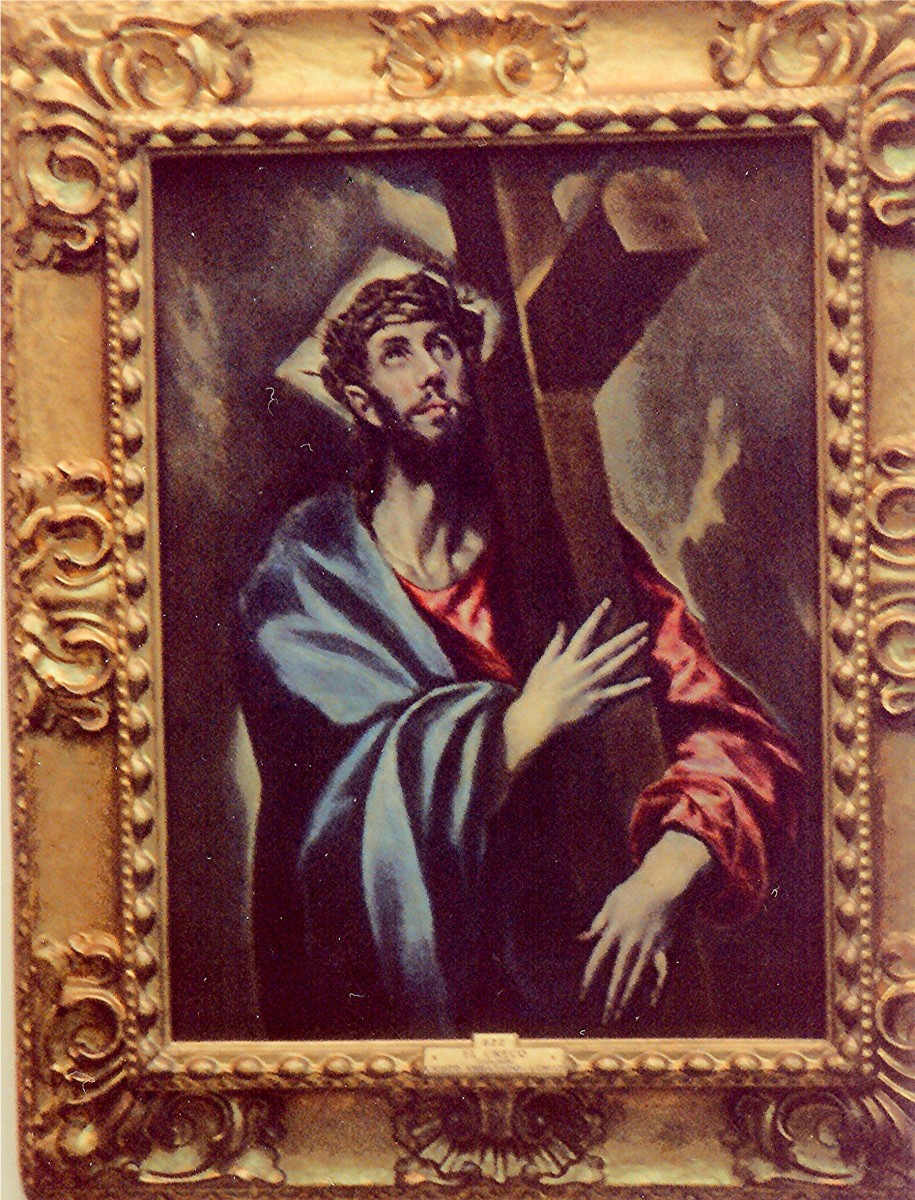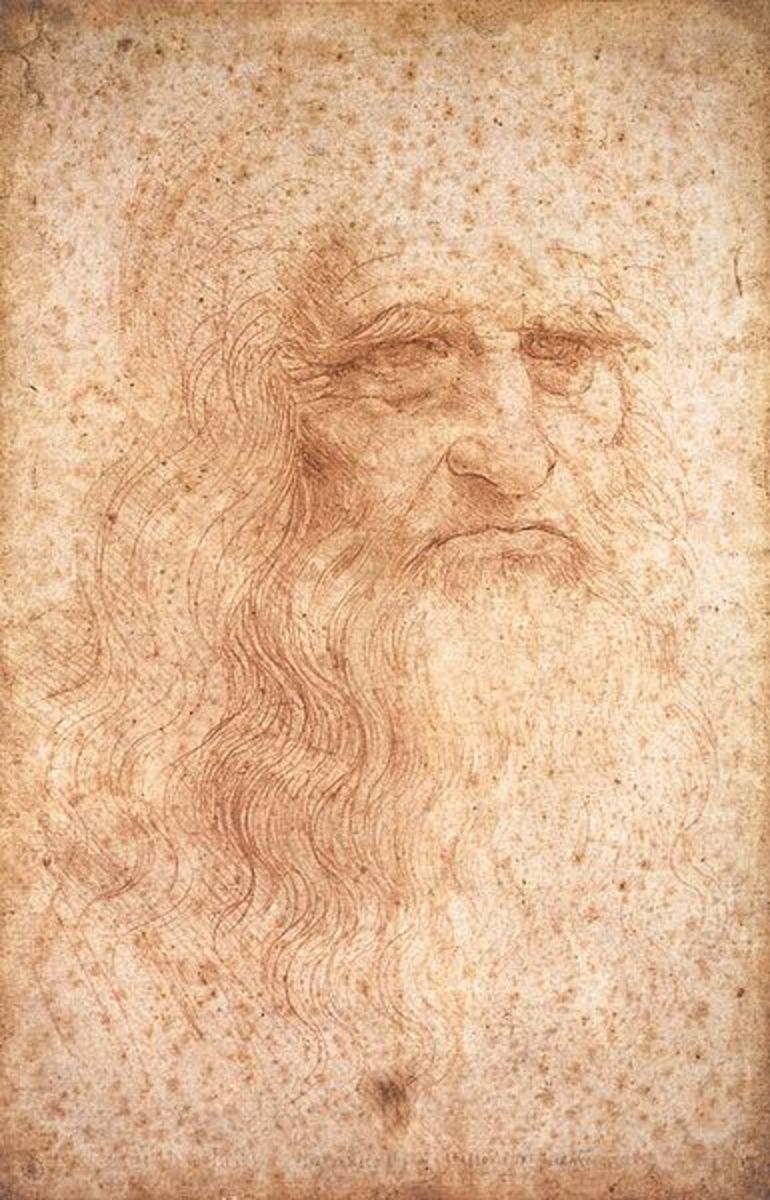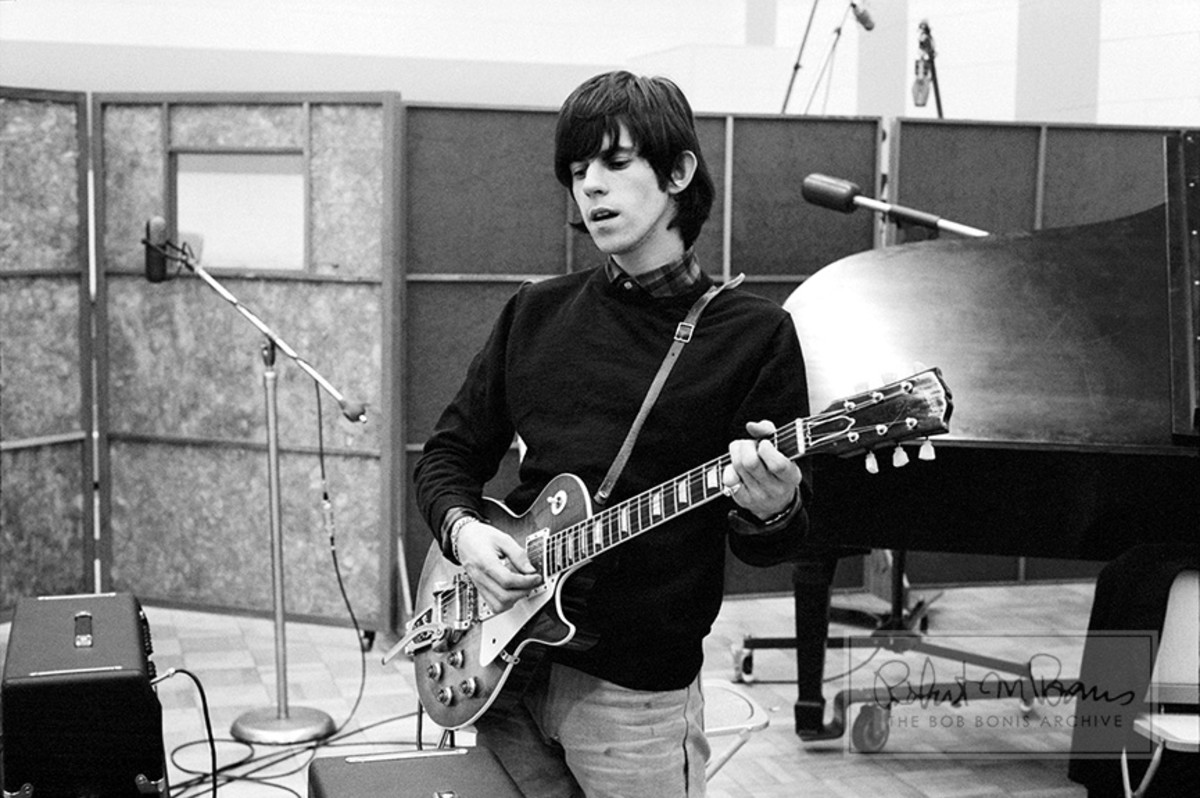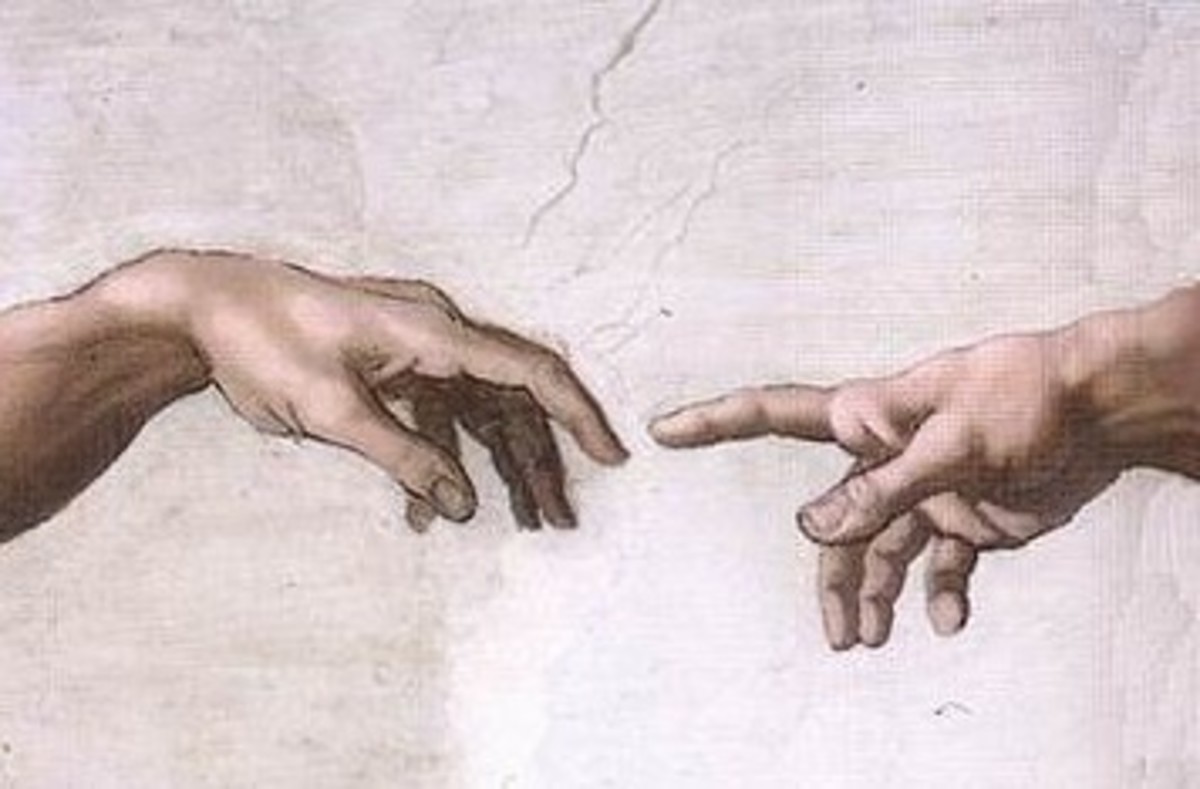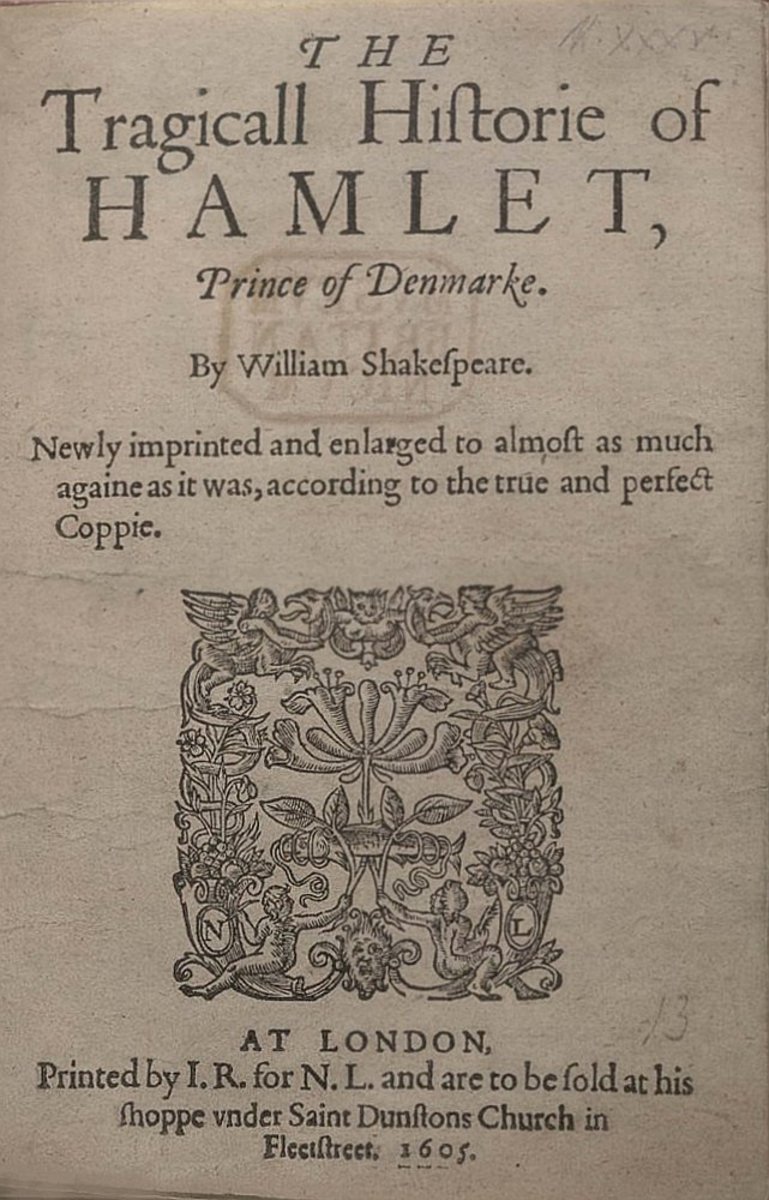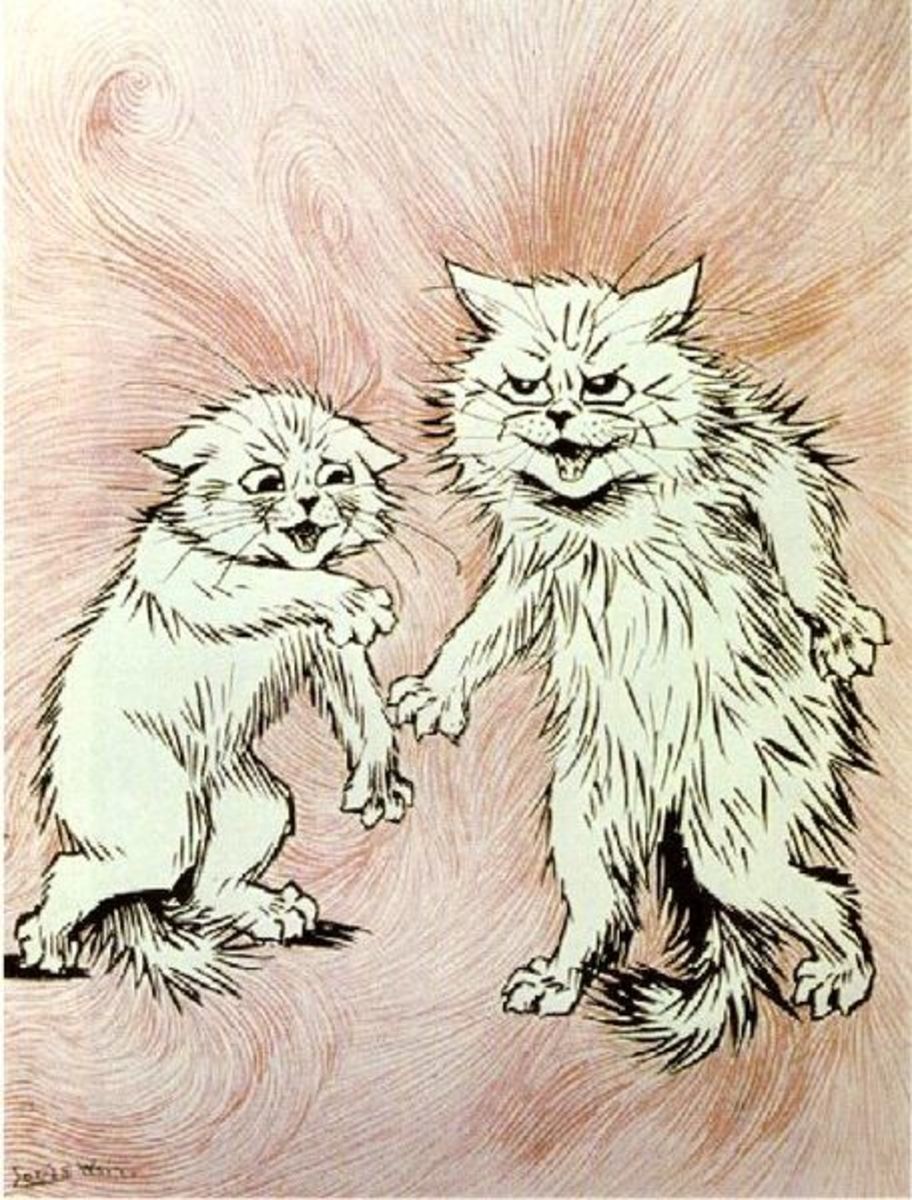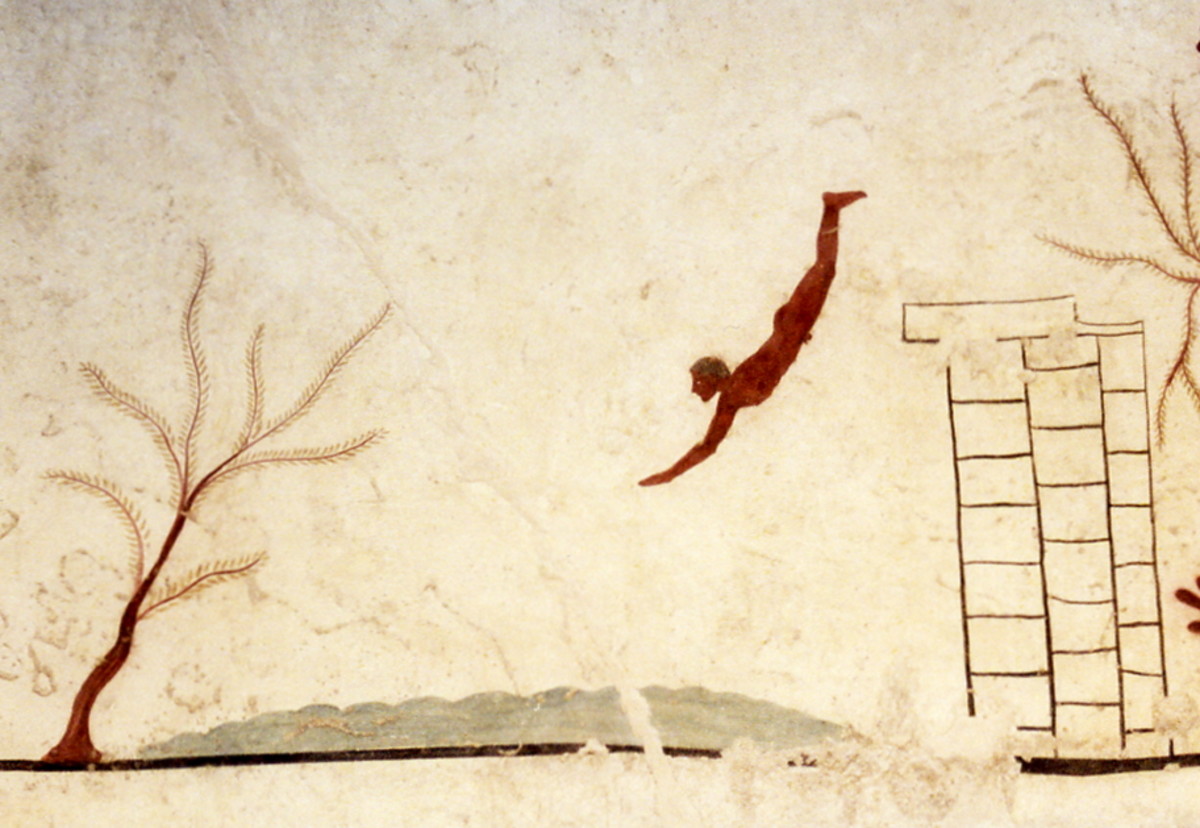El Greco, A True Renaissance Man
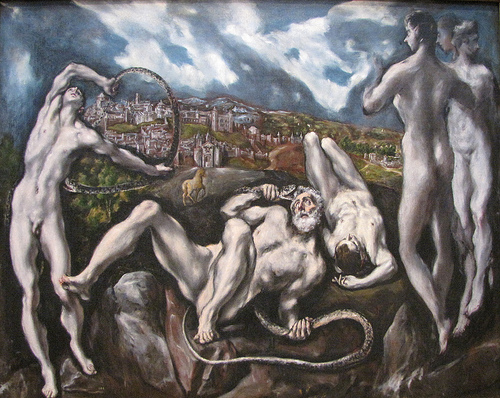
When it comes to the Spanish Renaissance, there was one man who stood out among the rest, El Greco. This talented individual pursued such interests such as painting, sculpting, and architecture, of which he claimed no conventional school of thought, rather he individualized the work of his period. El Greco was born on the island of Crete in 1541, and by the age of 26, he had mastered post-Byzantium art and had traveled to Venice to pursue the dreams of every artists and writer of the time.
The famed artist was known for two particular styles he presented in most of his paintings, Expressionism and Cubism. In the Wikipedia, an "Expressionist places emphasis on individual perspective has been characterized as a reaction to positivism and other artistic styles such as naturalism and impressionism." Cubism in the Wikipedia is defined as "objects that are broken up, analyzed, and re-assembled in an abstracted form." Here is a video on El Greco, a small biography of sorts that show his work and explains his thoughts on life:
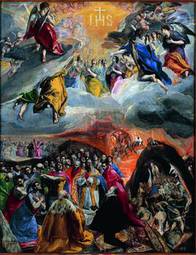
As he brushed the paint along his easel, El Greco seemed to blend not just colors, but the traditions of Byzantium and Western Art as if seemingly effortless in style and creativity. This caused spectators to draw their aspirations from his artwork, and on the recommendations of Giulio Clovio, a personal friend of El Greco, traveled to Rome to pursue his dreams of becoming a famous artist. When he arrived, an invitation had been made for El Greco to stay within the Palazzo Farnese for a short while, in which he came to meet various Roman elites and even met Fulvio Orsini, a scholar of the highest standards that influenced him greatly.
As El Greco stayed in Rome, he came to challenge the works of Michelangelo and Raphael Urbino, two great artists of the time, of which were already dead but most citizens of the city greatly respected them nonetheless. El Greco sought the attendance of Pope Pius V in an effort to convince the Pope to allow him the opportunity to paint over Michelangelo's work, but was denied in quick regard. In retrospect to this, El Greco found influence in Michelangelo's artwork, as one painting depicted, "The Allegory of the Holy League."
In 1572, El Greco had formally complained to the authorities over disputes he had been having with Farese, among many other citizen painters of Rome. Those citizens had become jealous of his idealistic unconventialism and began to mock him and his work, so in 1577, El Greco packed his bags and moved to Madrid and eventually into Toledo, where he became very successful. It was here that he came to produce some of his mature work, such paintings as, "St. Maurice", and "The Assumption of the Virgin."
El Greco also commissioned quite a few churches in his time spend in Toledo, from the church of Santo Domingo el Antiguo to the Chapel of San Jose, where such great works from his workshop sprouted such as, "The Virgin of the Immaculate Conception," and, "The Burial of the Count of Orgaz." It was here in Toledo that El Greco would live out the remainder of his life in a twenty four room complex that previously was owned by Marquis de Villena. The great artist was seventy three when he died, on April 7th, 1614.
If you like this article, you can view my other informative articles at:
- The Greatest Imperialistic Nation of the 19th Century
Great Britain, a Country that dominated the 19th century world, and through economic and an imperialistic process, helped guide the world to what it is today. - A General Understanding of the Nicene Creed
The Nicene Creed, A document that offers the symbol of Roman and Eastern Catholic Beliefs. This is simply to offer a broad understanding of this Document and some of it's revisions. - Sylvia Plath Daddy Analysis
Sylvia Plath Analysis of "Daddy", a detailed analysis of this great poet of the WWII era.

